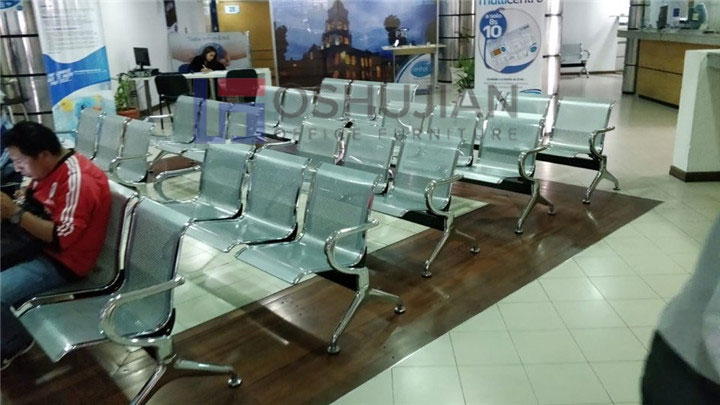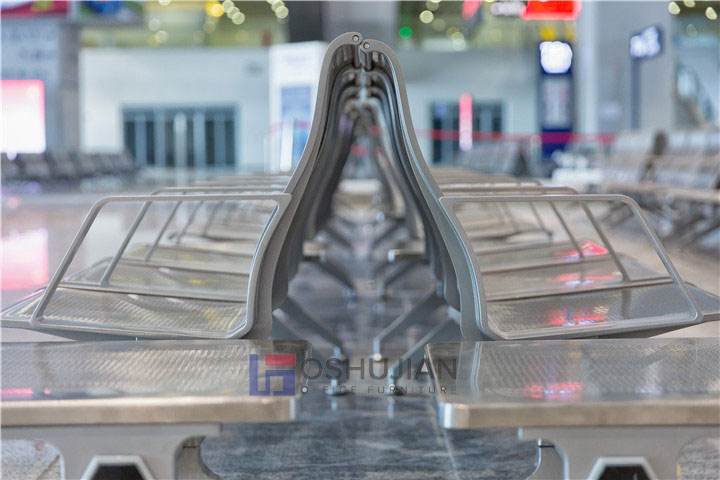How to Dialectically Analyze the Design of Public Seats
2019-06-17 09:52:43
Author: OSHUJIAN PUBLIC SEAT
Some people say that the waiting room bench seating are arranged too close together. When they are leaning back, they will touch the heads of the people behind them. This is very embarrassing, but it is not comfortable without backrest. The question is coming. Is this arrangement interesting?
In the waiting room, the area where the bench seating are most concentrated is the number of ticket gates. Before the official departure of the vehicle, passengers will choose to spend time on the public seats outside the ticket gate. Passenger feedback surveys show that they want a bright, environmentally friendly ticket gate and a comfortable public seat. Insufficient public seating usually affects passenger satisfaction, and passenger satisfaction in areas with insufficient public seating is relatively low compared to areas with high public seating ratios.
Under normal circumstances, the waiting room bench seating near the ticket gate are mostly placed side by side neatly, with a certain distance from the opposite public seats, and does not highlight the "comfort and luxury" elements. In fact, such an arrangement and design is not meaningless, it is designed according to the needs of passengers.

At the same time, some people say that there is a handrail between each waiting room seating, so do not consider whether others need to lie down? This kind of seat setting can prevent passengers from creating their own "personal space" without limit, and the metal handrail in the middle, so that passengers can not lie on two seats or more seats at will, and use the waiting place as their resting place. . The practice of lying on a public seat is extremely objectionable to many passengers. Just think about it, when you encounter such a situation, you will feel annoyed!
And why not build it more casually? According to industry insiders, on the one hand, it is limited by the space in the waiting area, and on the other hand, it is based on the usage rate.


